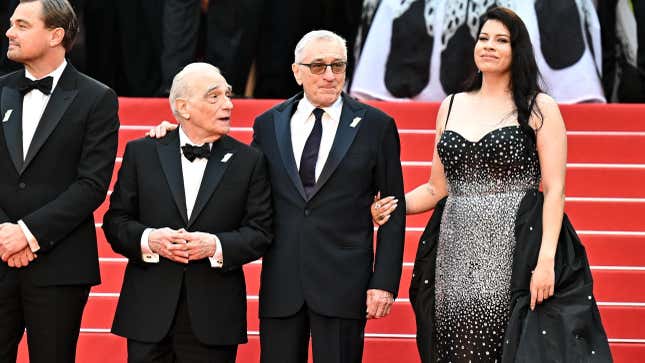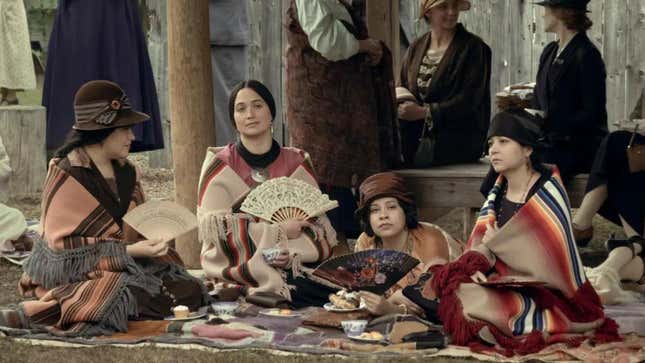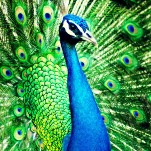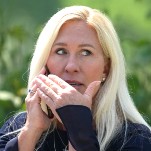Cara Jade Myers Was ‘Flabbergasted’ After Reading ‘Killers of the Flower Moon’
“I want to do the Osage right,” the indigenous actress, whose performance in Scorsese’s latest is already garnering Oscar buzz, told Jezebel.
EntertainmentMovies

In the 1920s, the FBI began investigating a series of abrupt and arcane murders in Oklahoma’s Osage Nation. What the J. Edgar Hoover-helmed agency—with the help of a former Texas Ranger—ultimately uncovered in the aftermath is one of the most egregious conspiracies in American history. The harrowing story, first detailed by David Grann’s novel, Killers of the Flower Moon, is now the basis for Martin Scorsese’s new film of the same name. Cara Jade Myers—a member of the Wichita tribe—portrays one of the lives lost, Anna Brown, who was murdered in 1921.
Through her starring role in one of the most-talked-about films of 2023—of which she’s already garnering Oscar buzz—Myers is on the verge of a breakout. The indigenous actress has already been anointed an actor to watch by the likes of Variety and Vogue, and recently walked the red carpet at this year’s Cannes Film Festival (outfitted exclusively in indigenous designers) alongside the living, breathing Hollywood legends that are her co-stars. But Myers—whose past credits include Clint Eastwood’s Jersey Boys, and a series of shorts and indies—is hardly new to the industry.

Equal parts procedural and deeply personal, the film (that boasts a three-and-a-half-hour run time, mind you) details the onslaught of suspicious deaths of the Osage people which, as it turns out, were no coincidence. At the time, the members of the Osage Nation had become the richest people per capita in the world after crude oil was unearthed beneath their land. Because the notion of indigenous people accumulating wealth—and thus, financial freedom—posed a threat and invited white men’s wrath, the federal government appointed guardians who were charged with assisting them in managing their financial affairs. Naturally, corruption ensued and resulted in the violent deaths of at least 60 Osage men and women at the behest of local kingpin and conspirator, William Hale (portrayed by Robert De Niro).
“I was so excited that I booked this role because it’s incredibly amazing and a huge responsibility,” Myers told Jezebel earlier this summer. At the time, the SAG-AFTRA strike loomed large—but Myers was elated to support her writer colleagues on the picket line, to keep creating, and, most of all, for audiences to become acquainted with the righteous rage and resilience of Oklahoma’s Osage Nation via Killers of the Flower Moon.
Over the phone, Myers talked with Jezebel about the kind of collaboration fostered on “Mr. Scorcese’s” set, what she hopes audiences will take away from the film, and how it feels to be “one to watch.” This interview has been edited for length and clarity.
JEZEBEL: Tell me about the first time you encountered this haunting story.
I actually had not heard of it because I grew up in Arizona. I was born in Arizona, I lived in Oklahoma for about the first five years of my life, and then went back and remained in Arizona from then on out. It’s not taught in history. A lot of Native American history is just ignored so I didn’t know much about it. Then I read the book and I was…flabbergasted, I guess is the best word. Infuriated… just how can something be so important and not even mentioned?
-

-

-

-

-

-

-

-

-

-

-

-

-

-

-

-

-

-

-

-

-

-

-

-

-

-

-

-

-

-

-

-

-

-

-

-

-

-

-

-








































